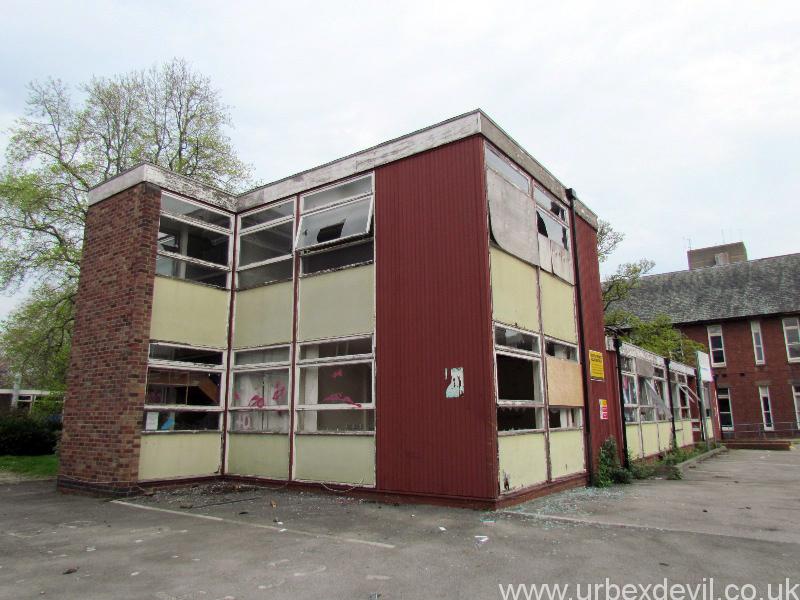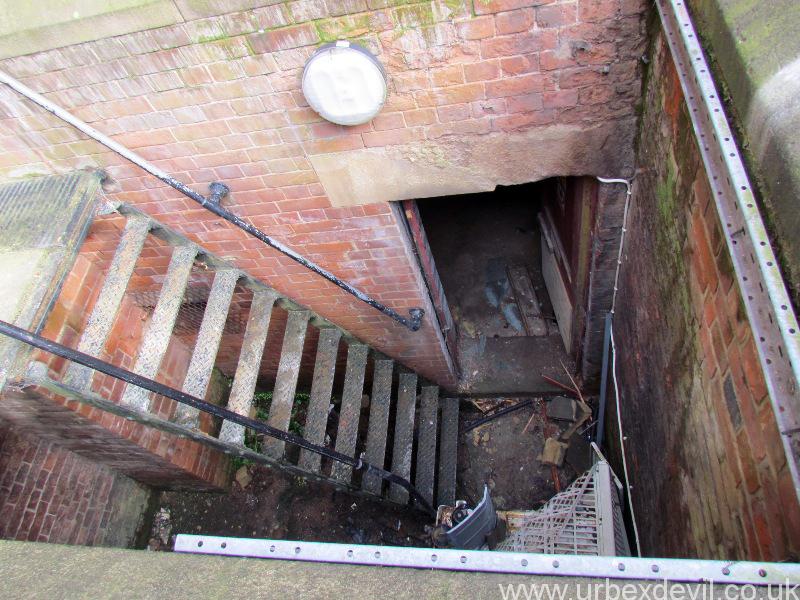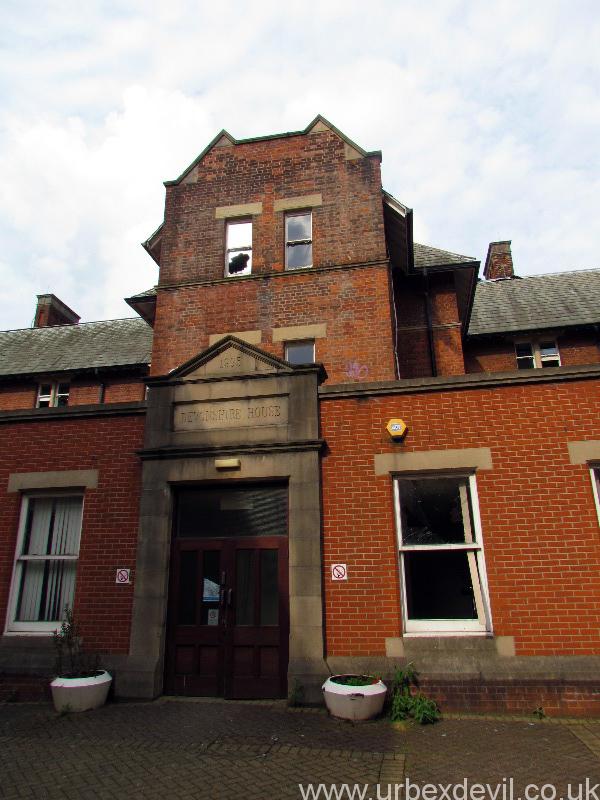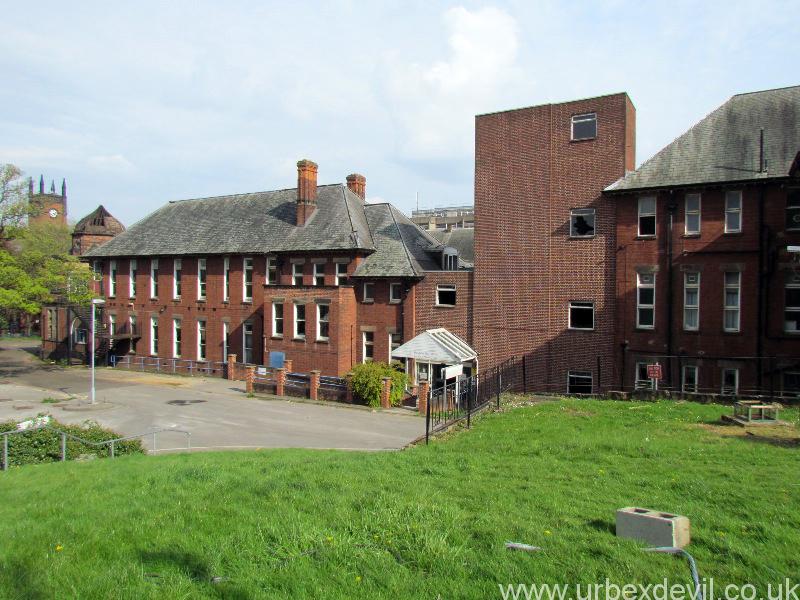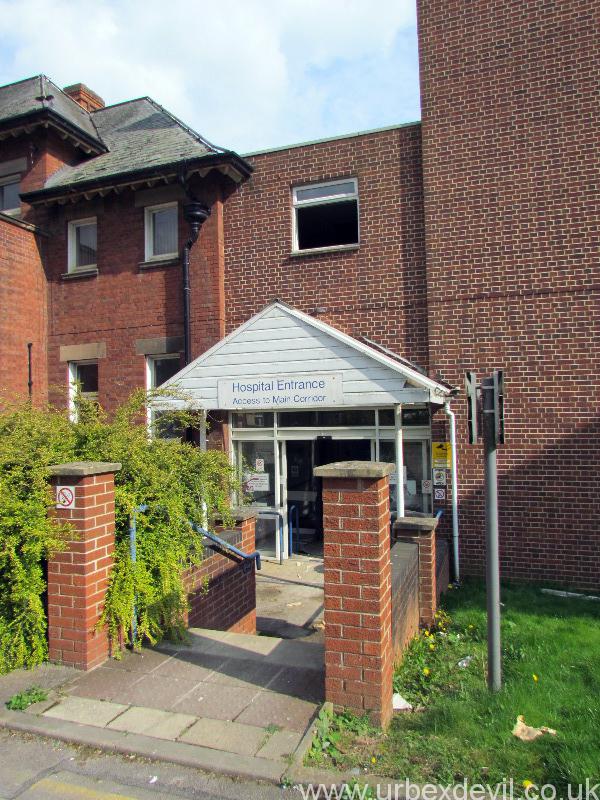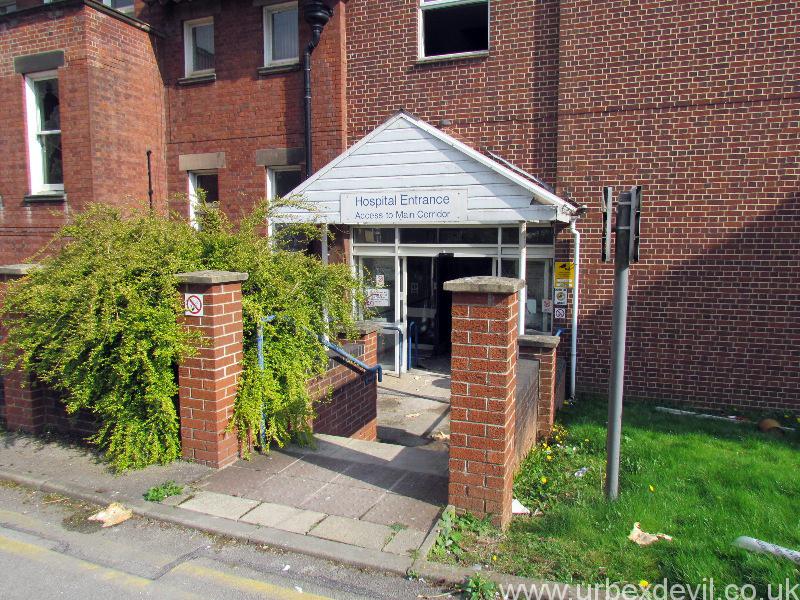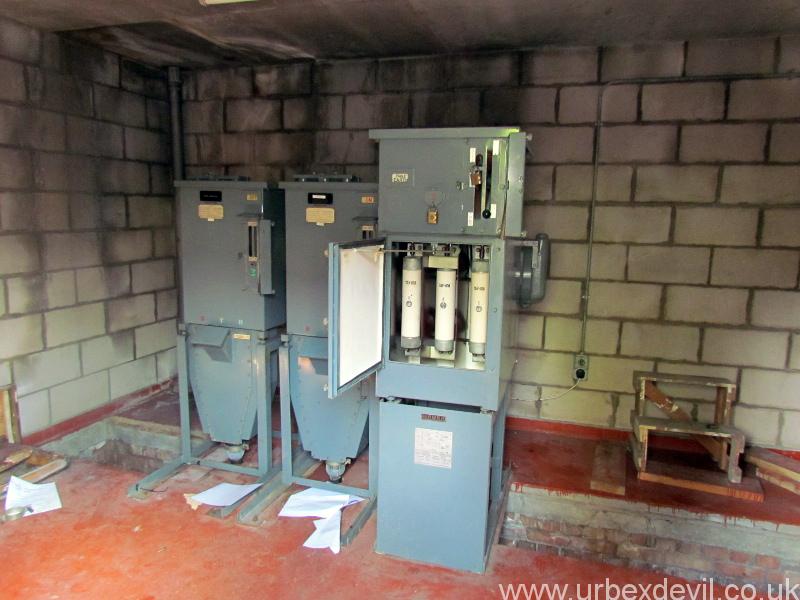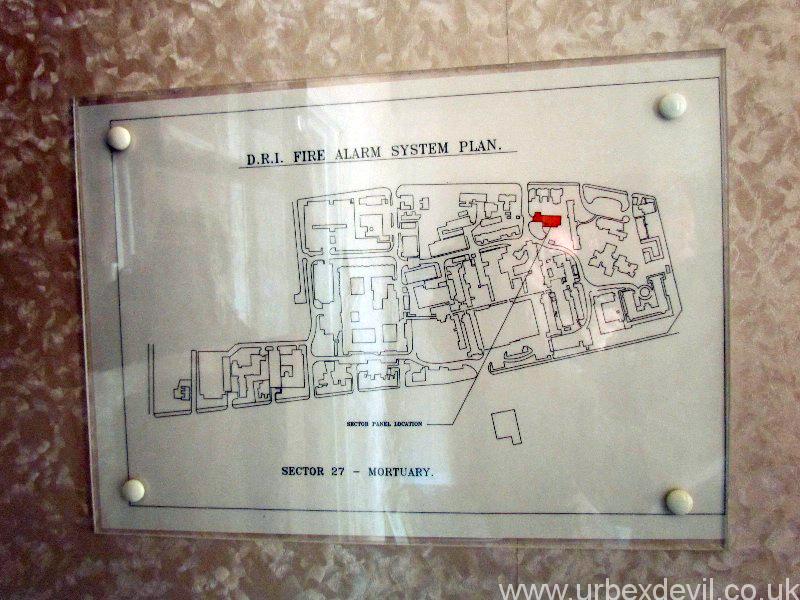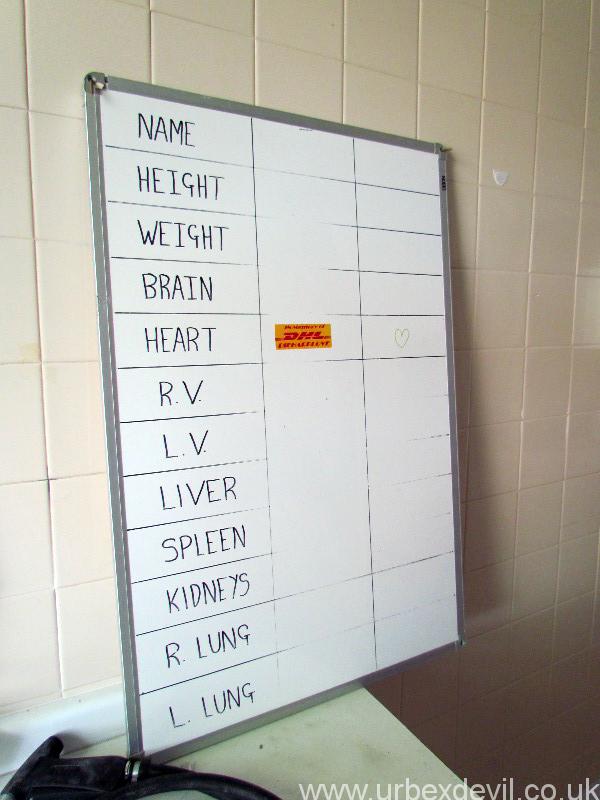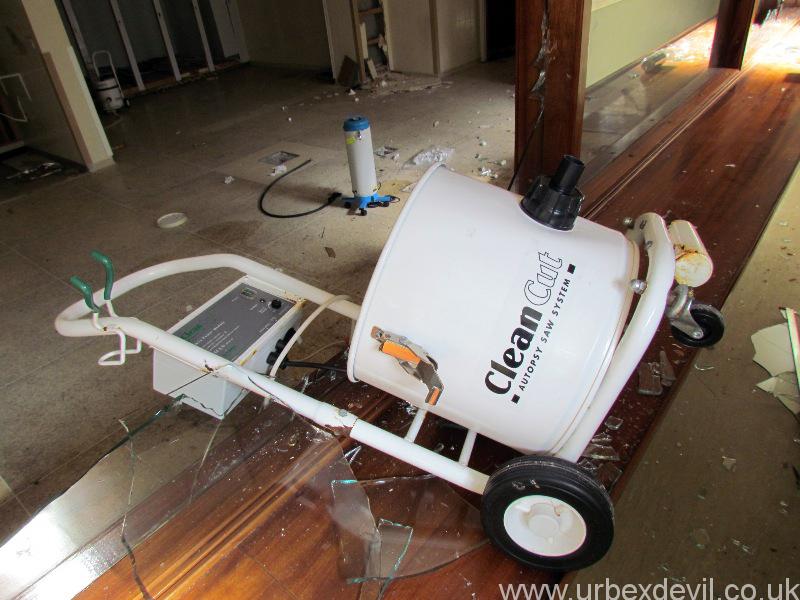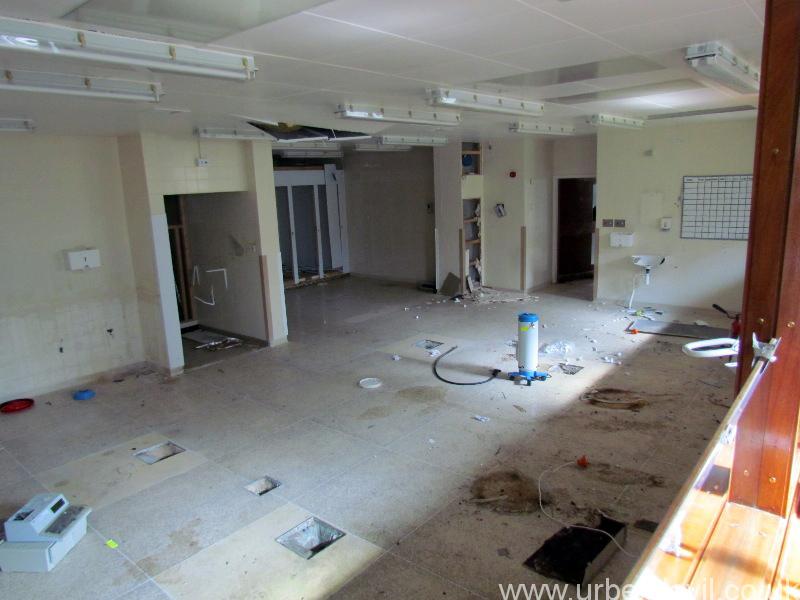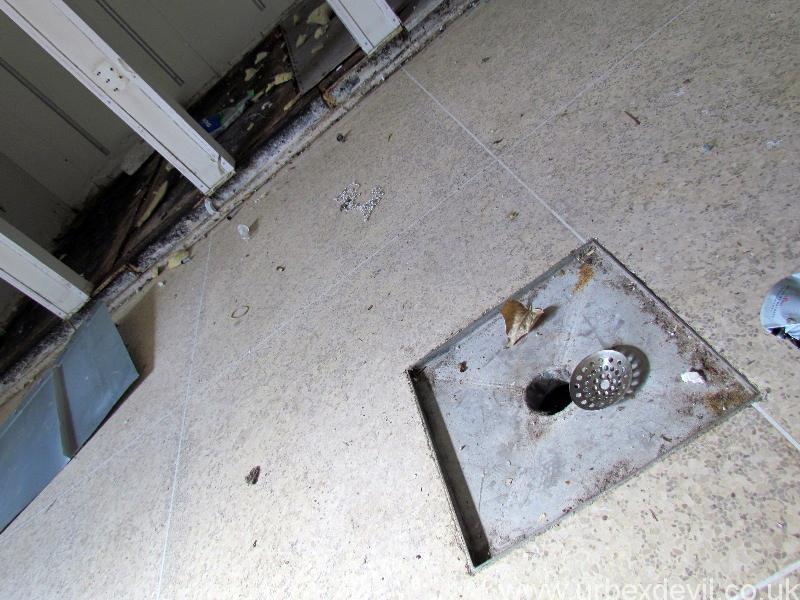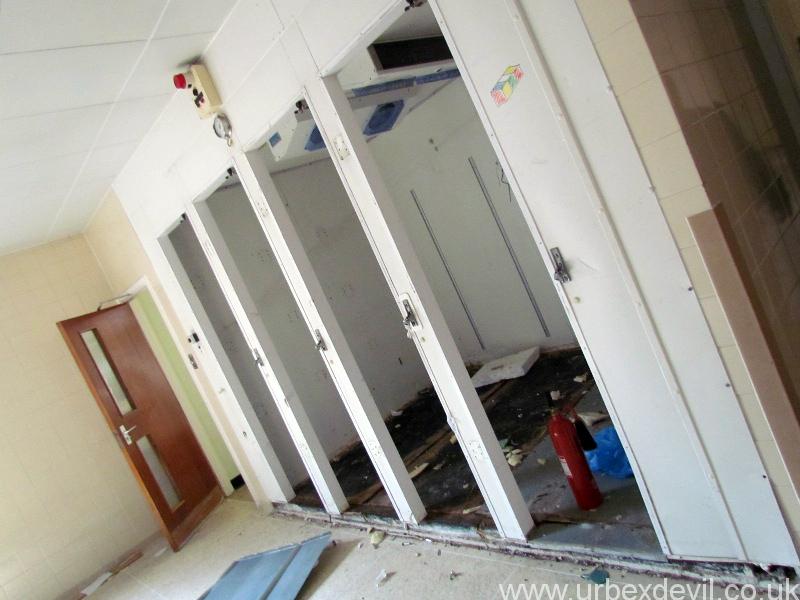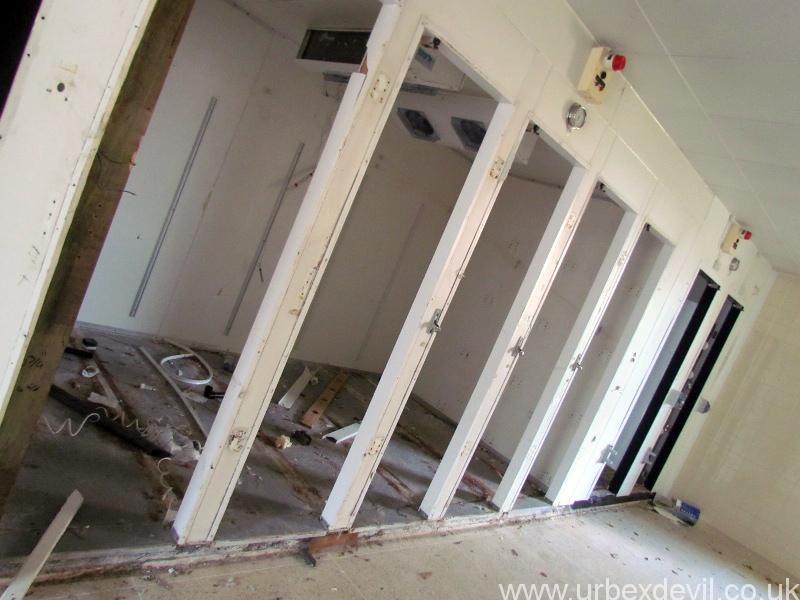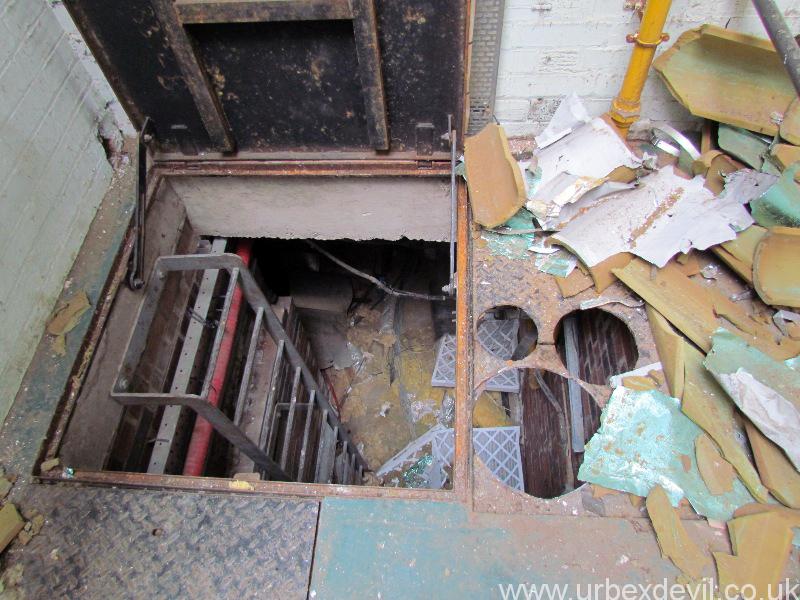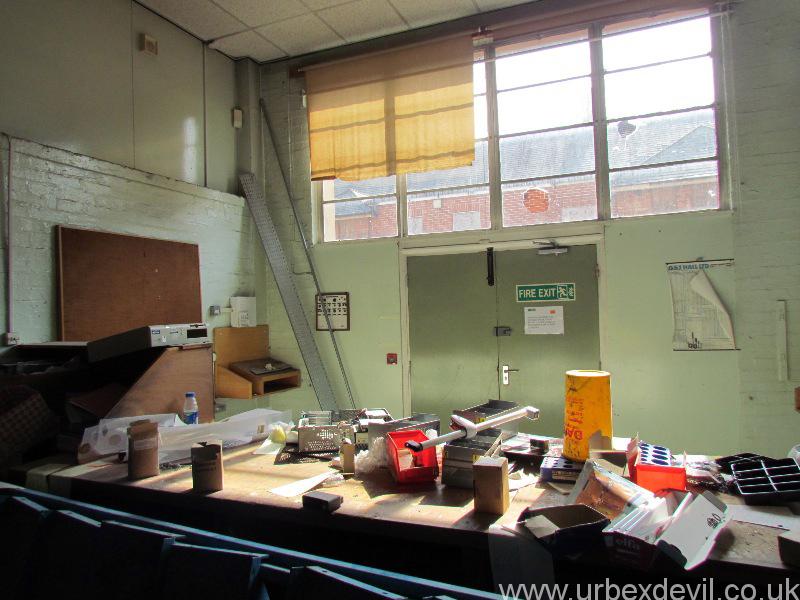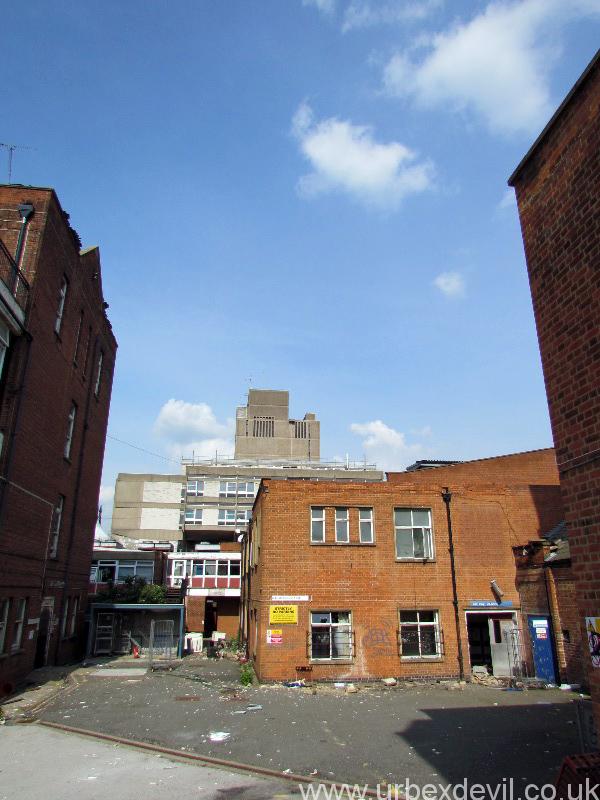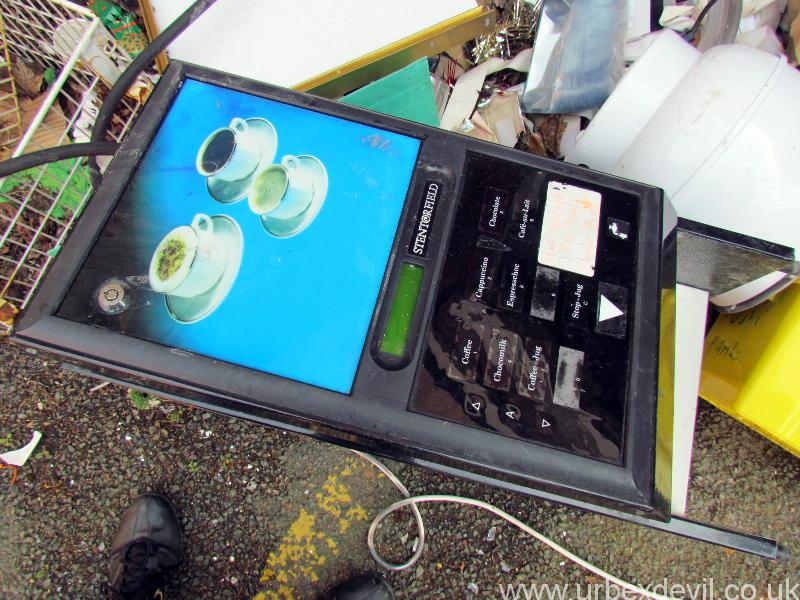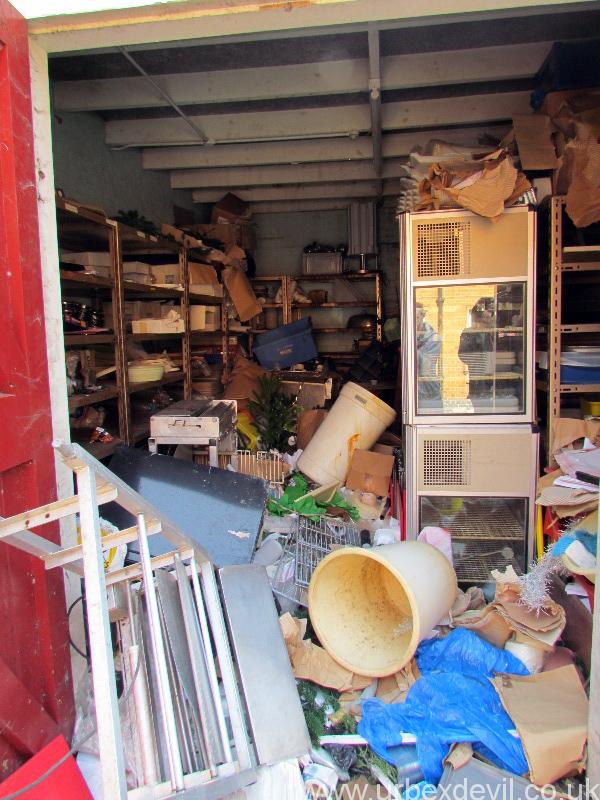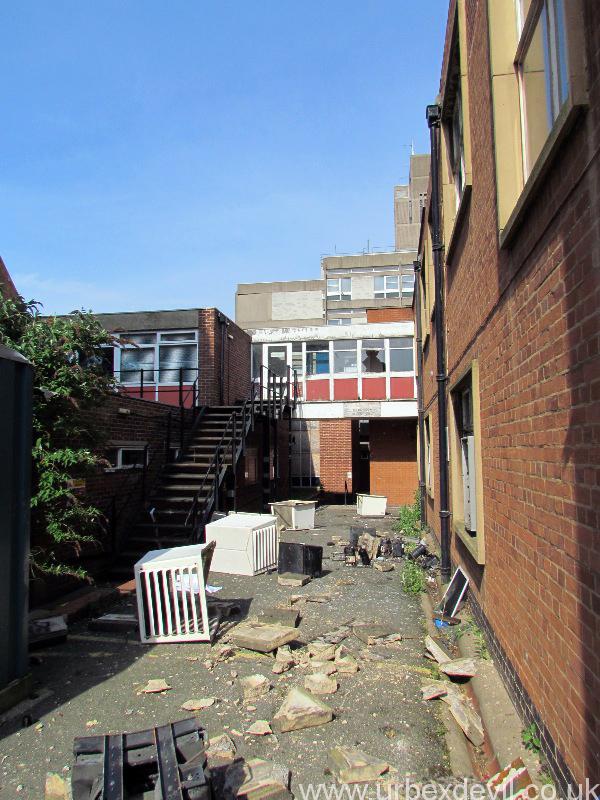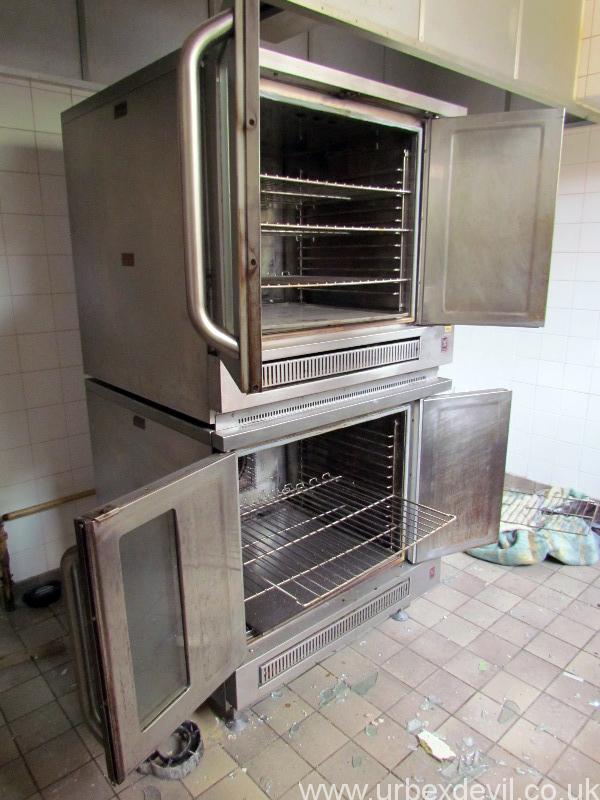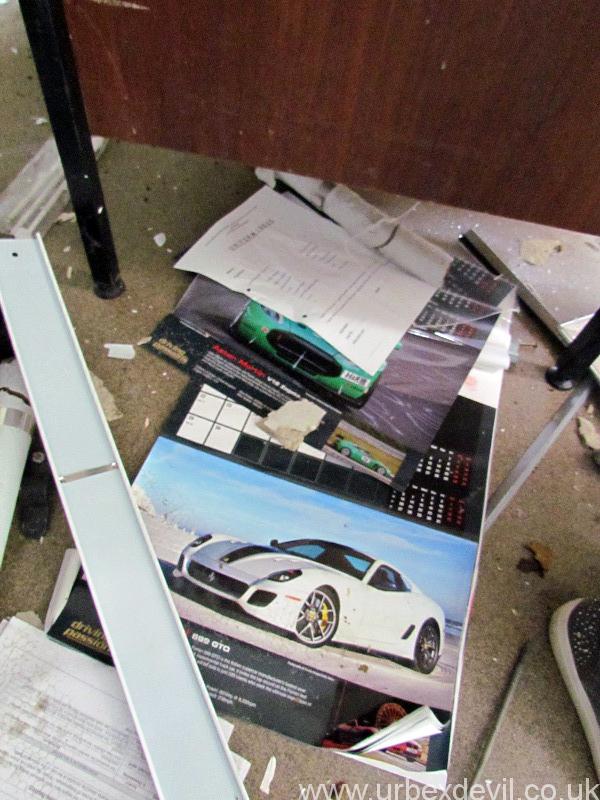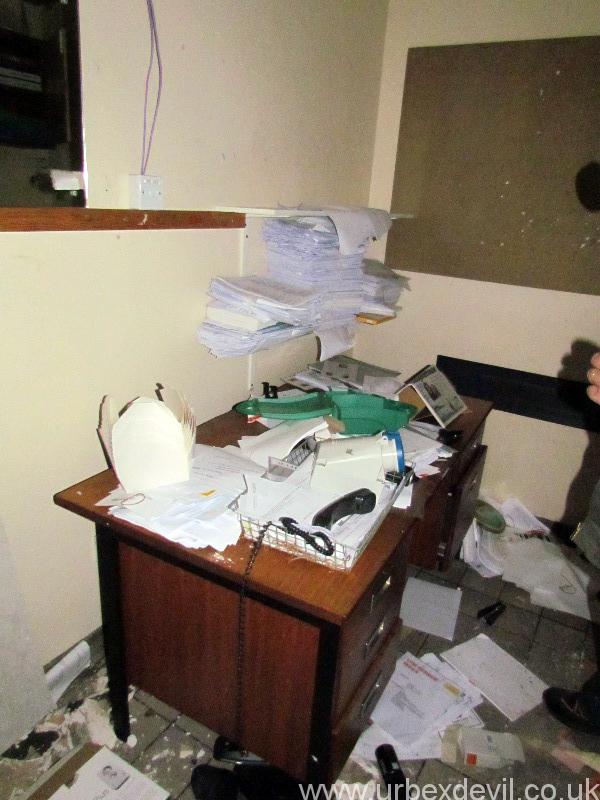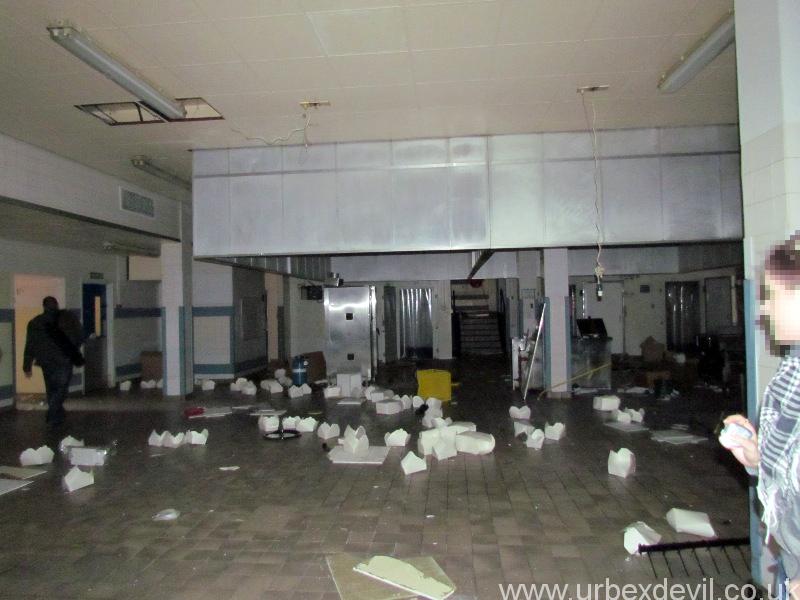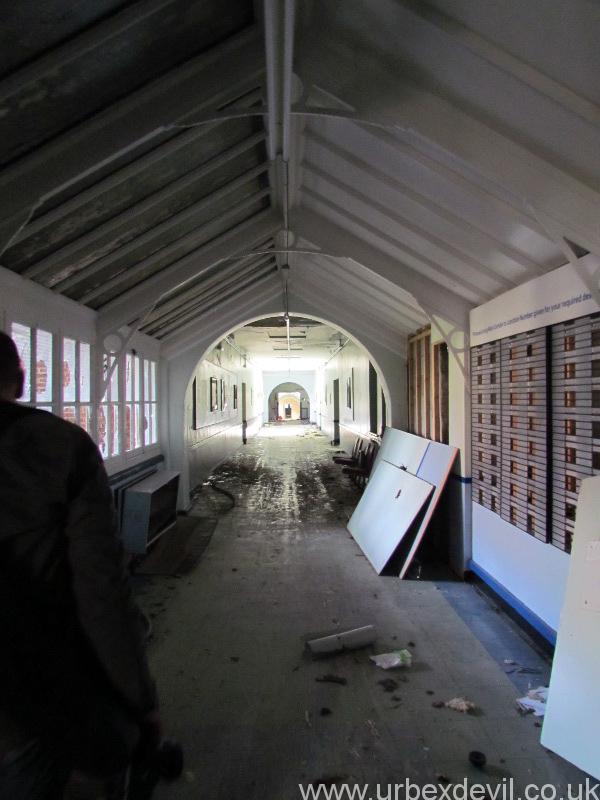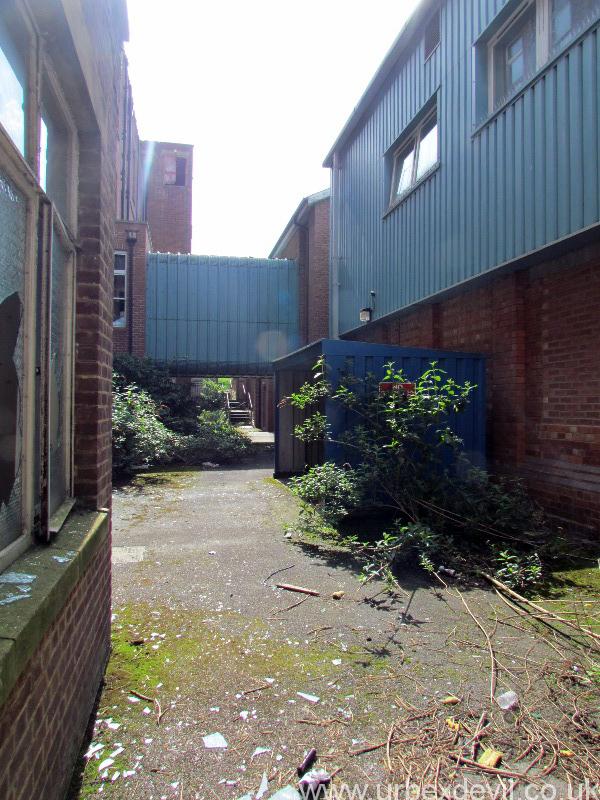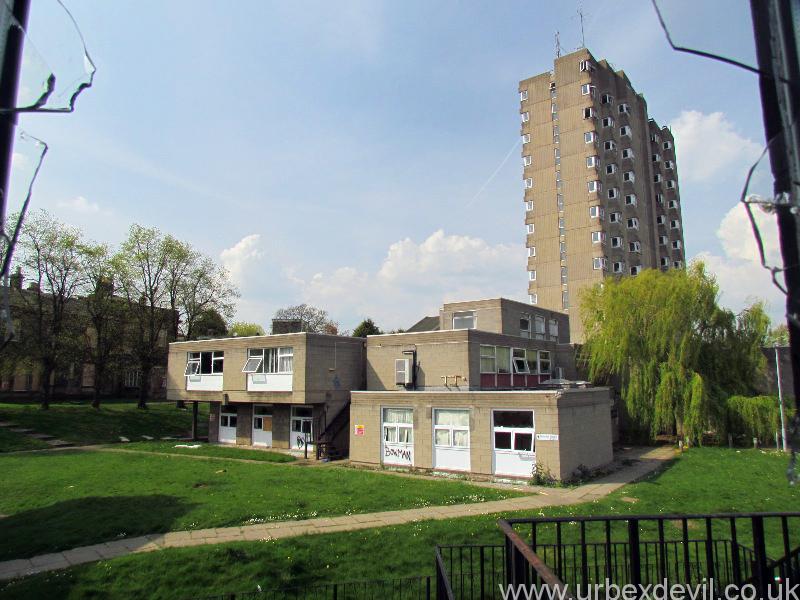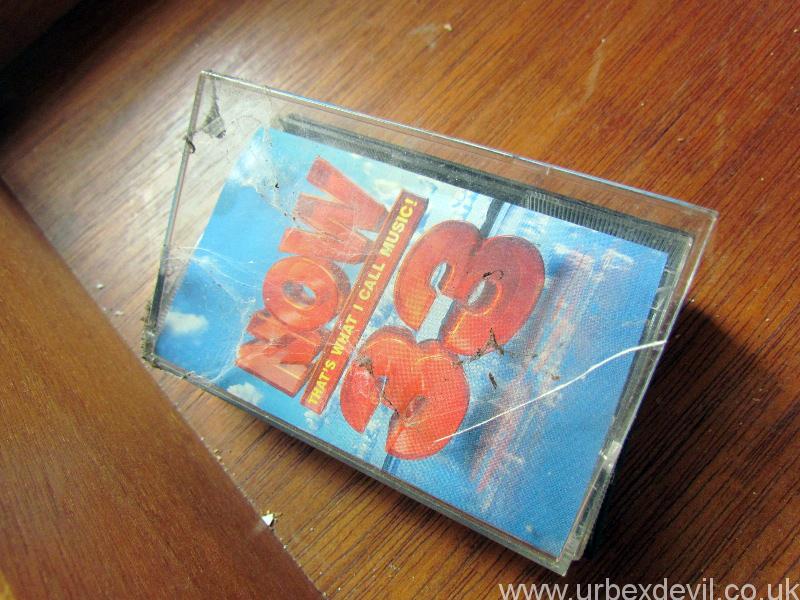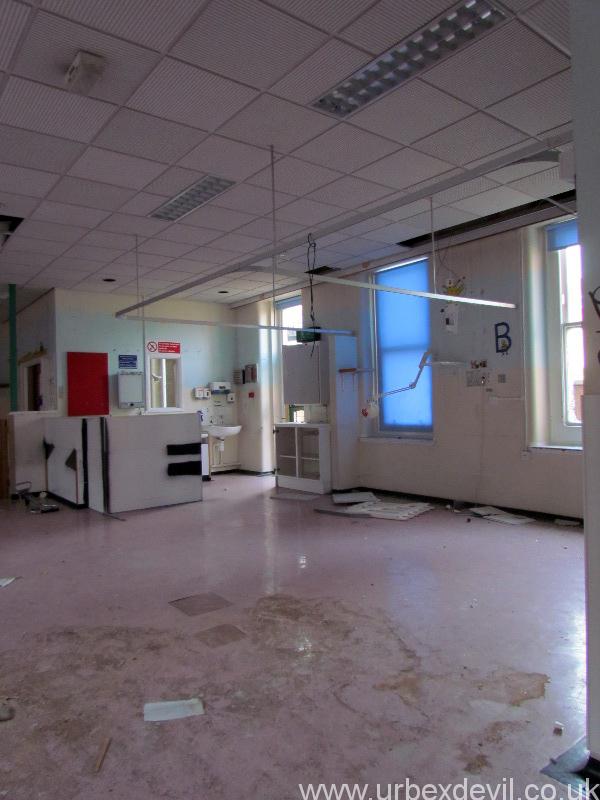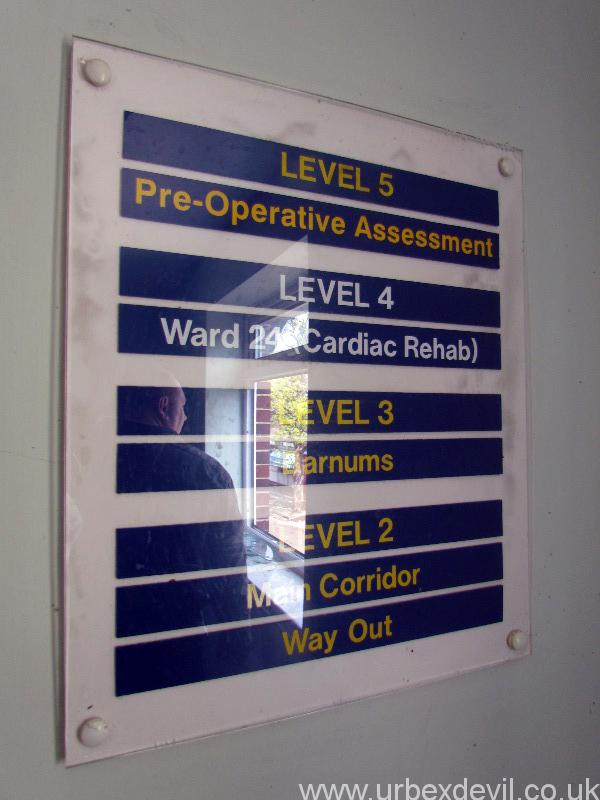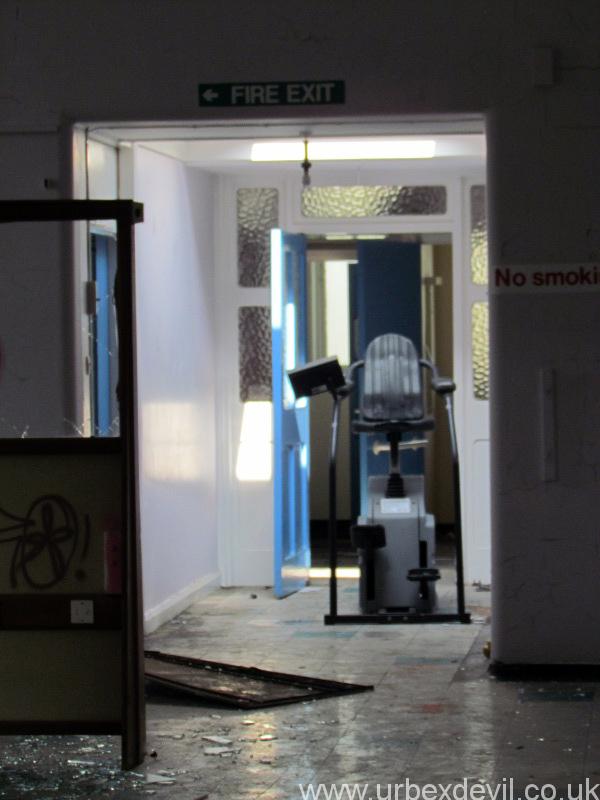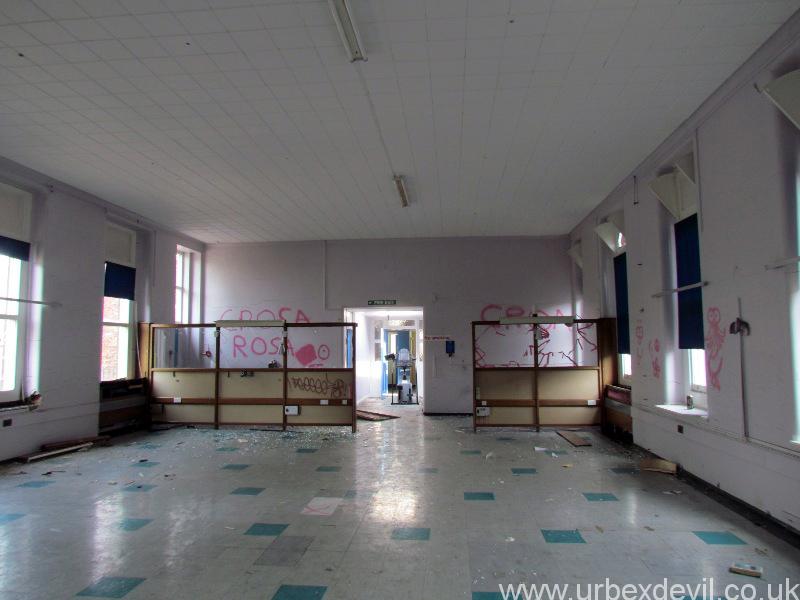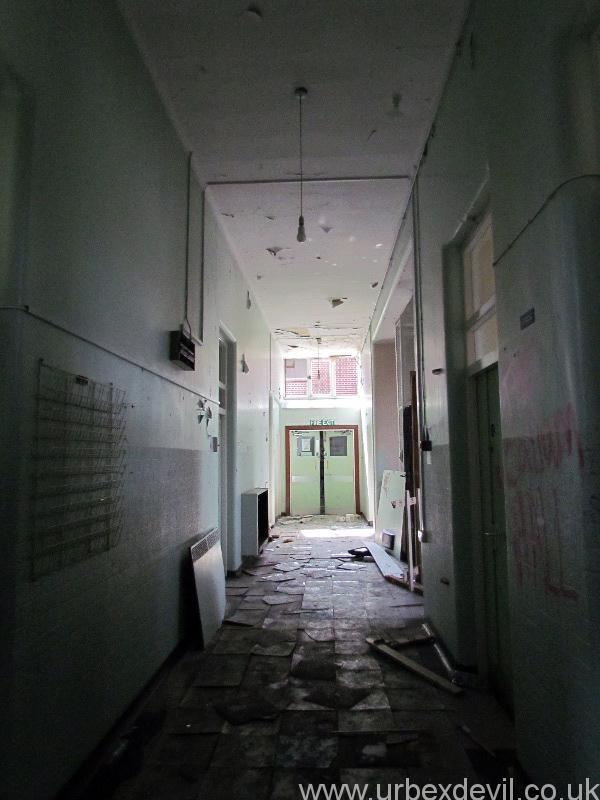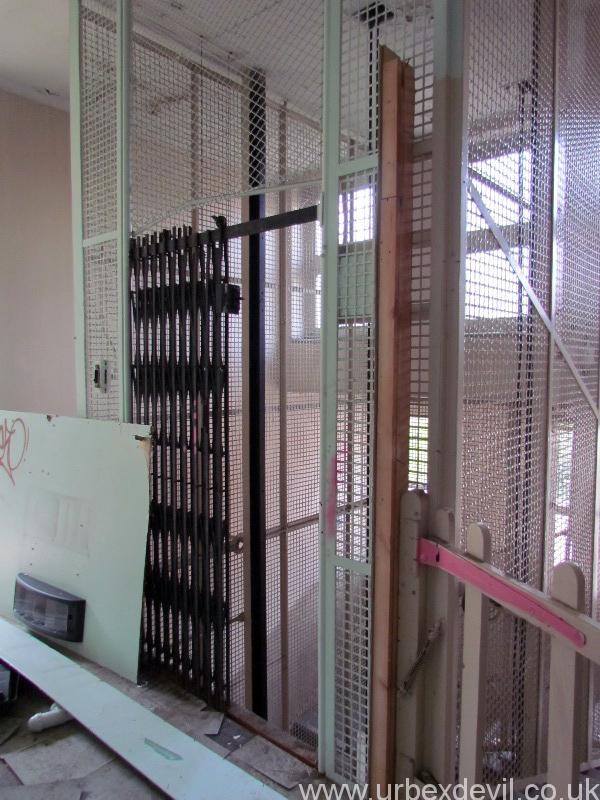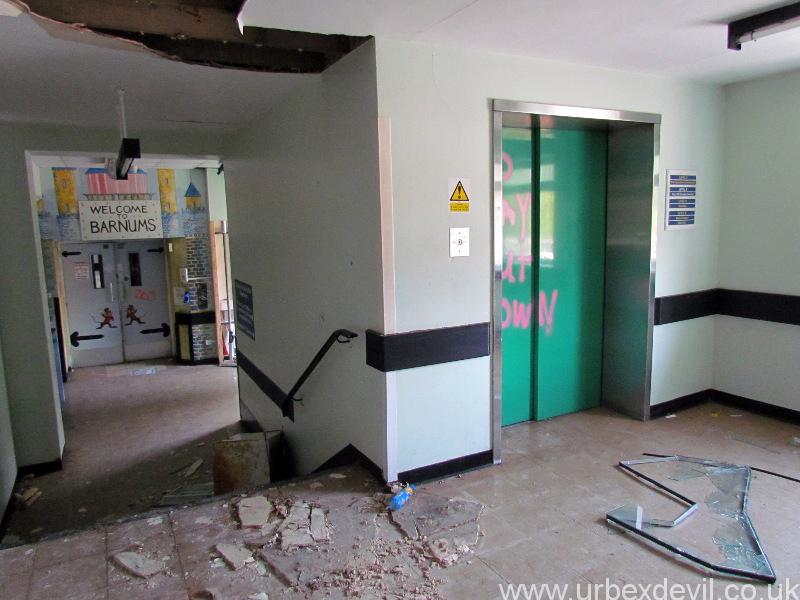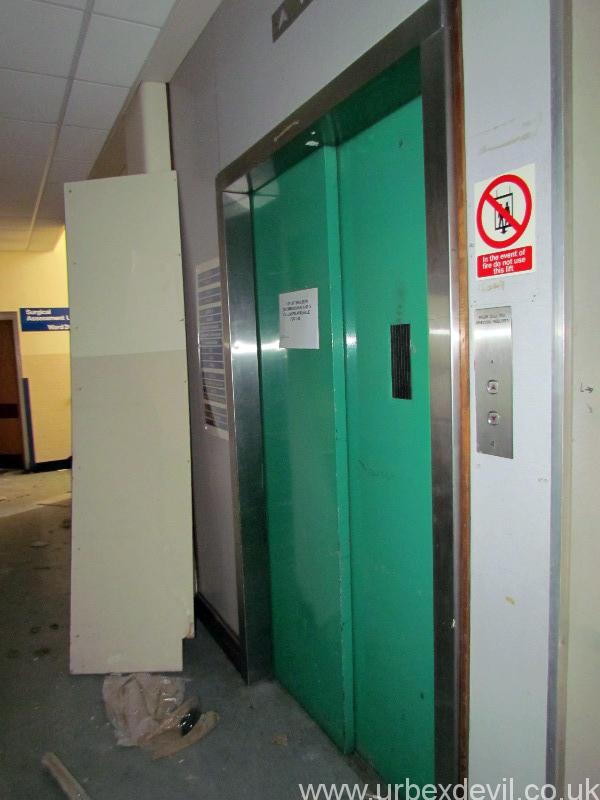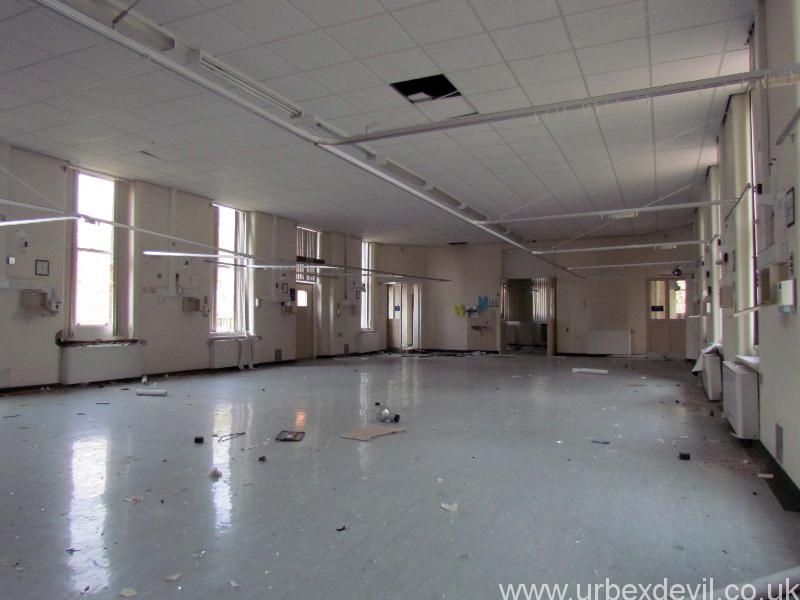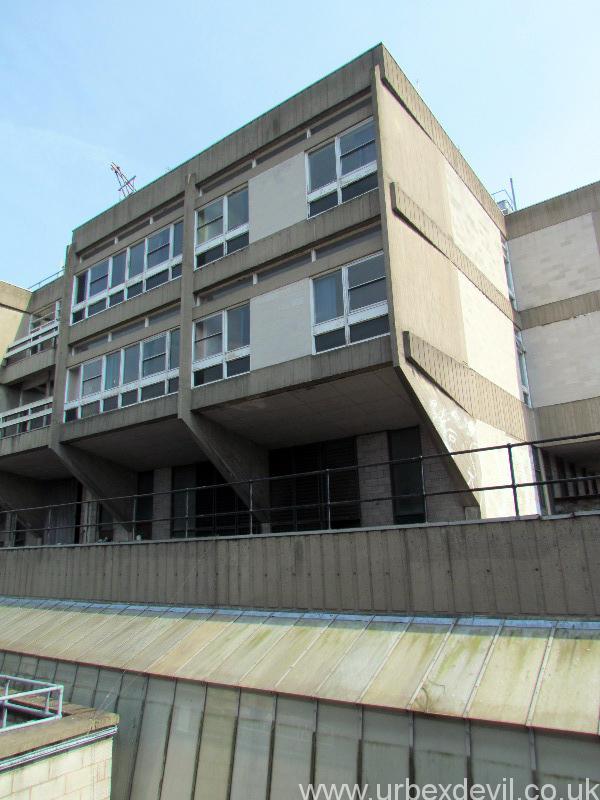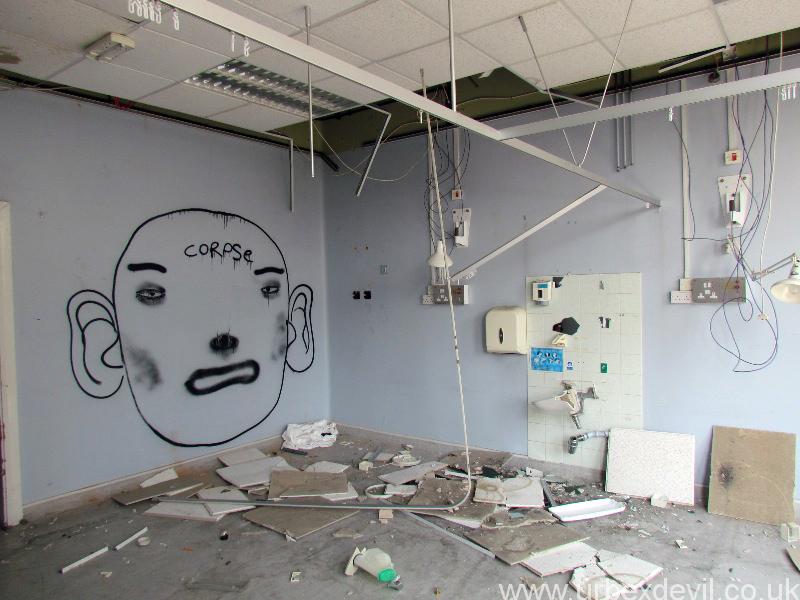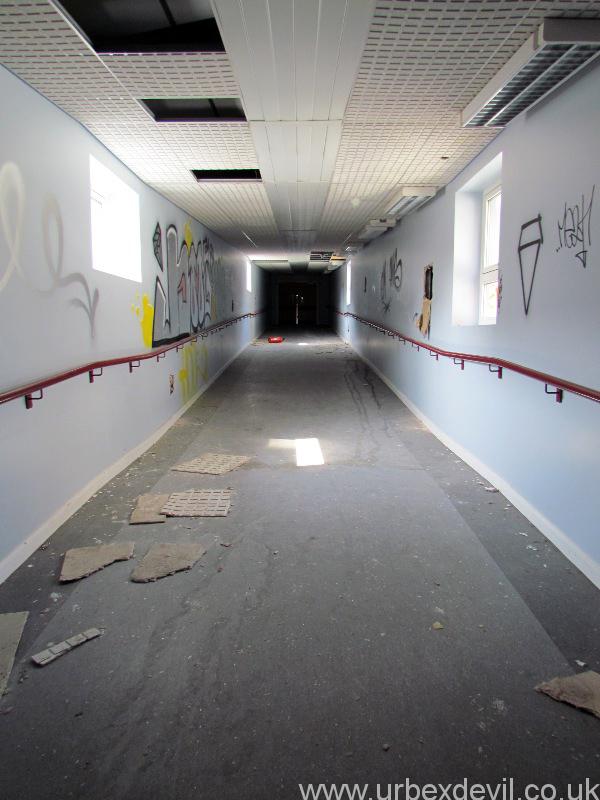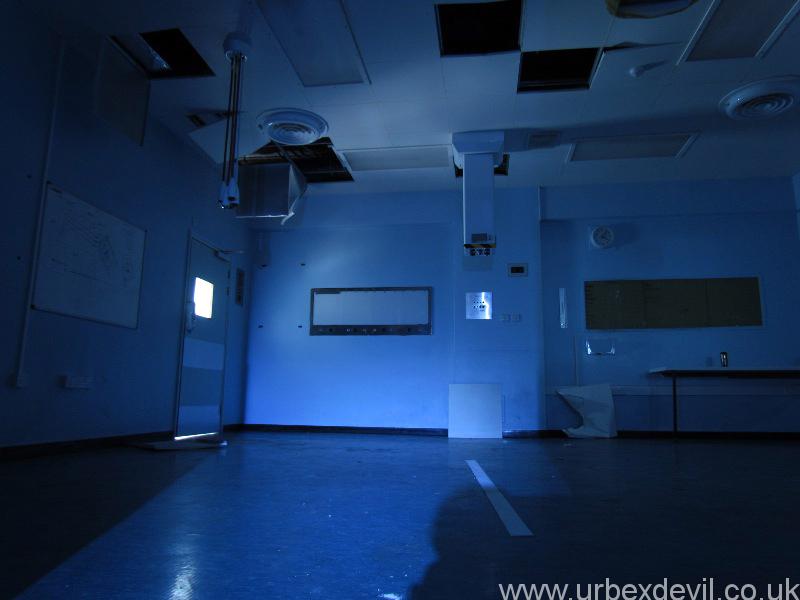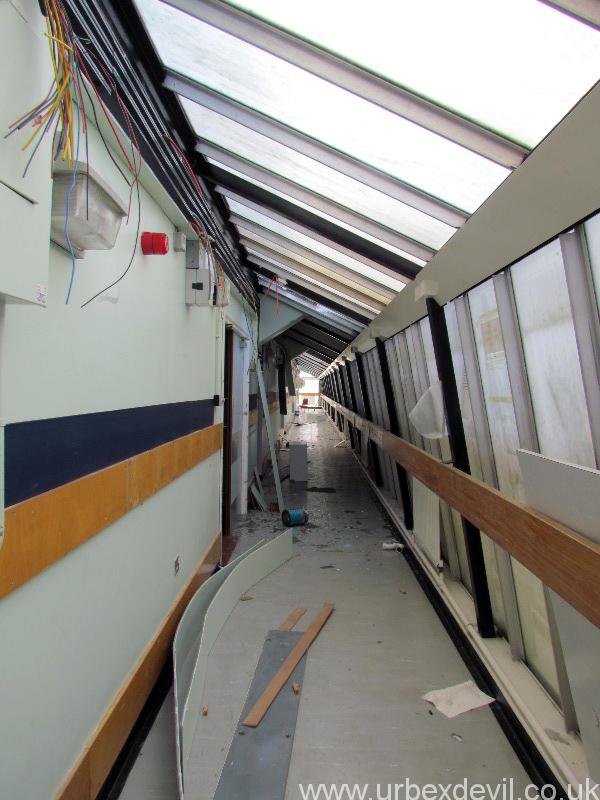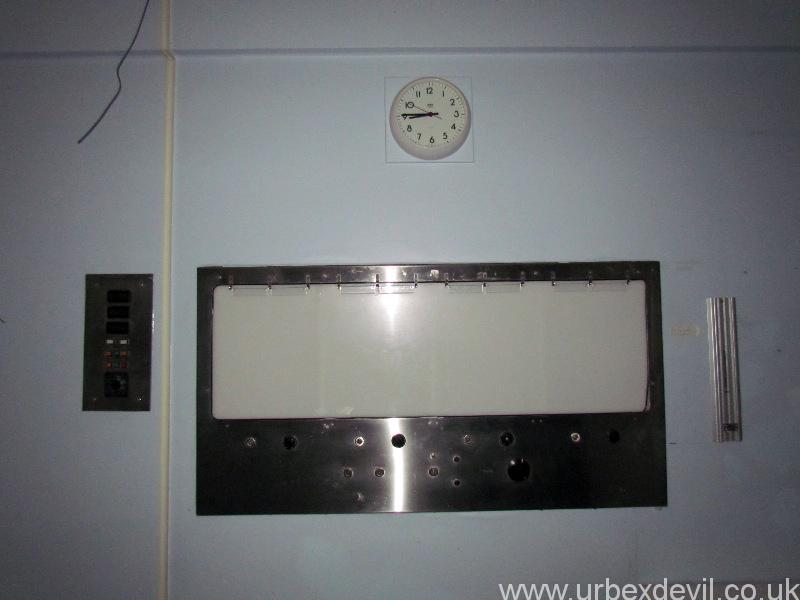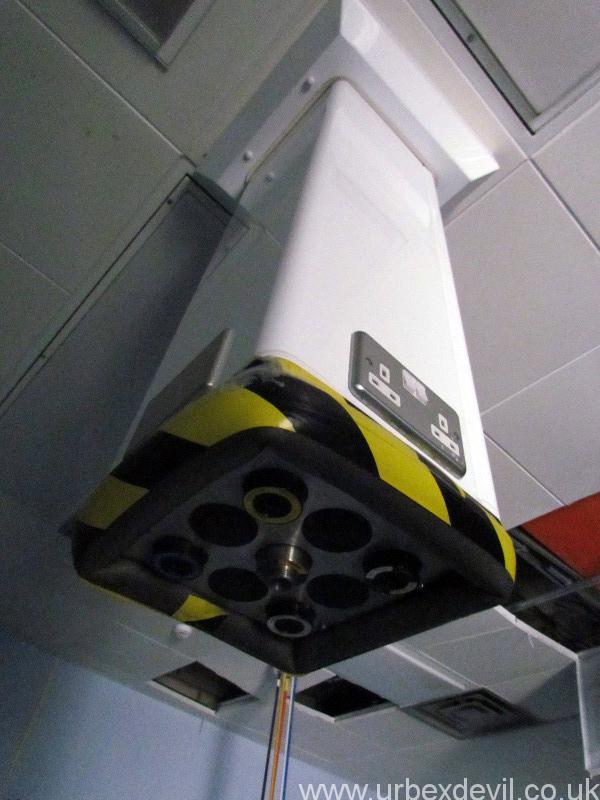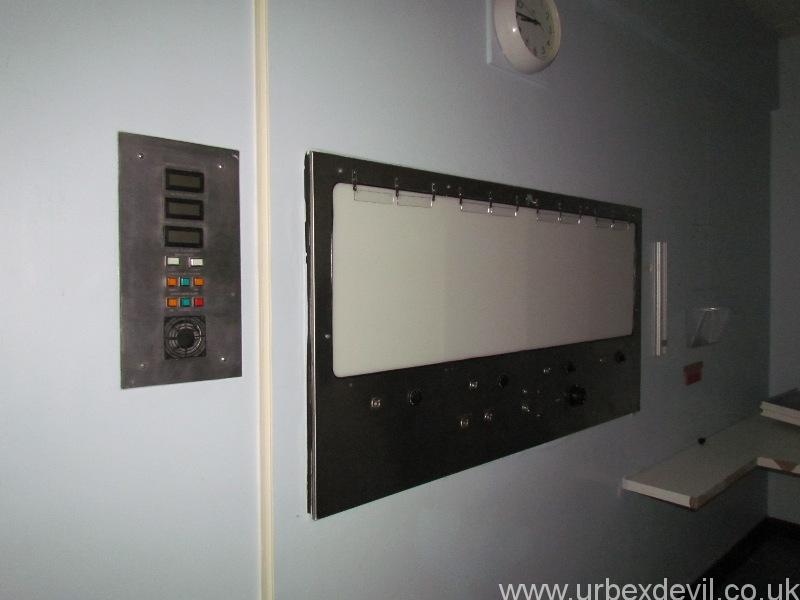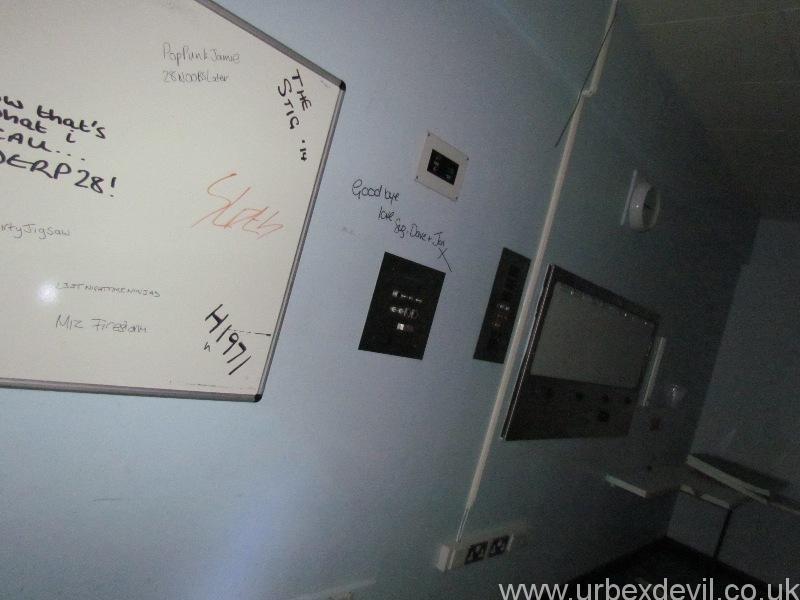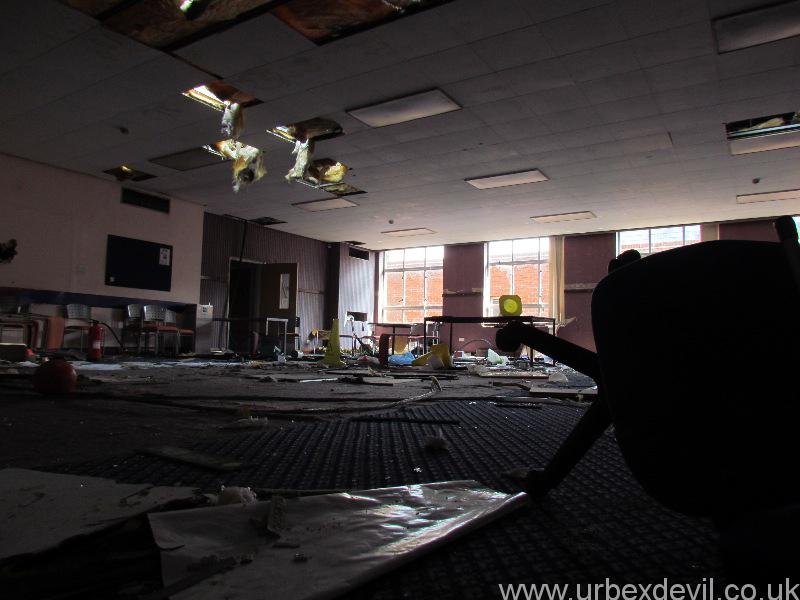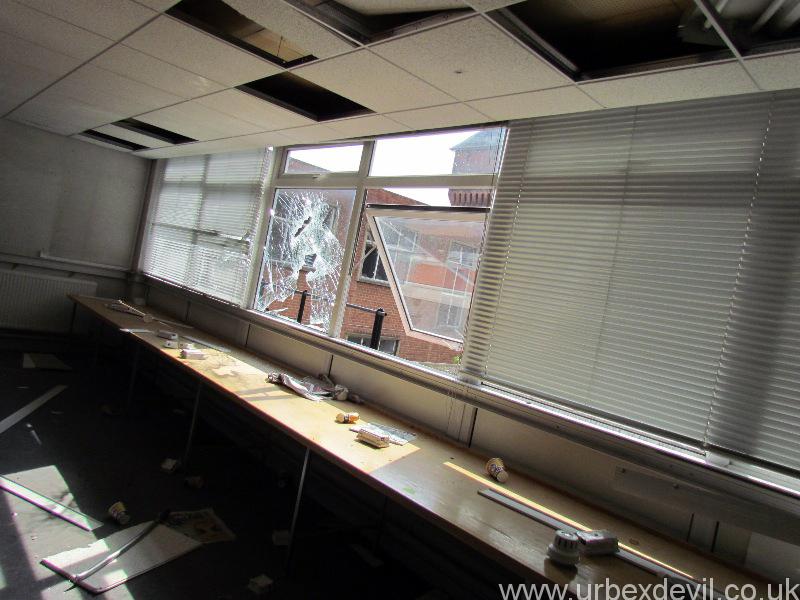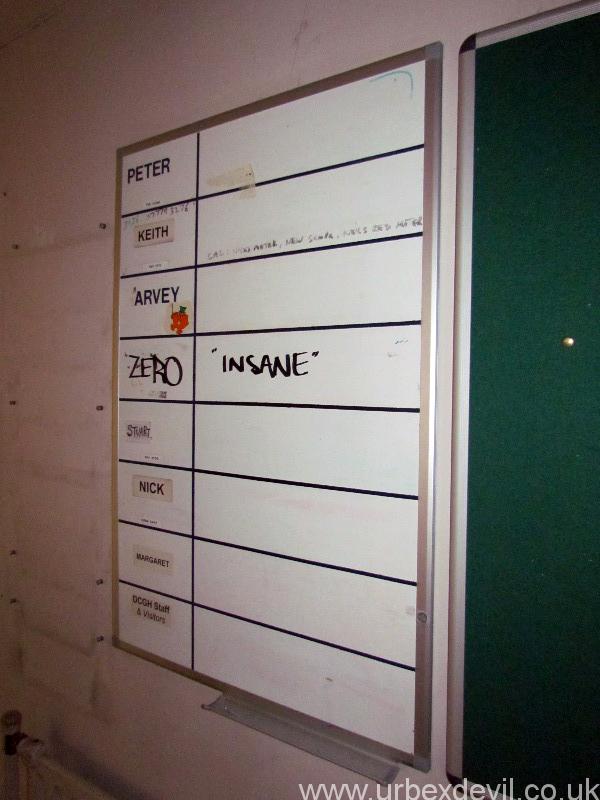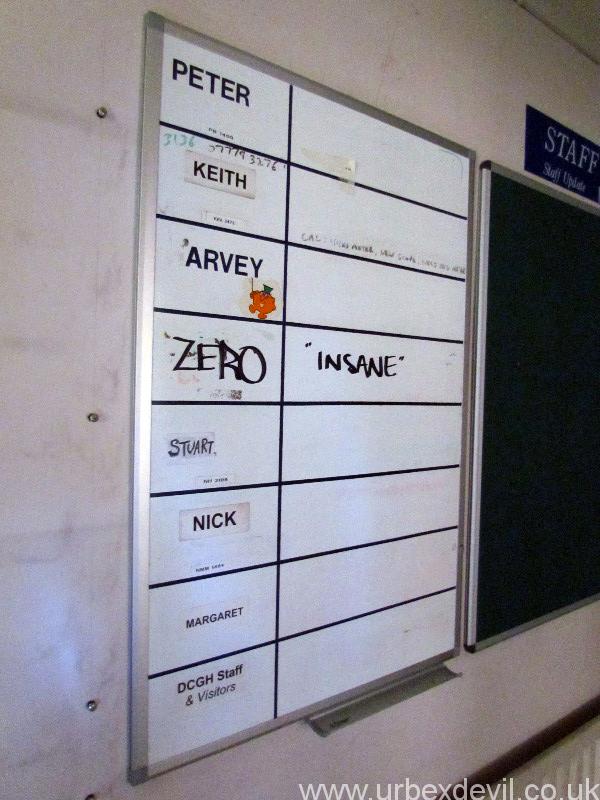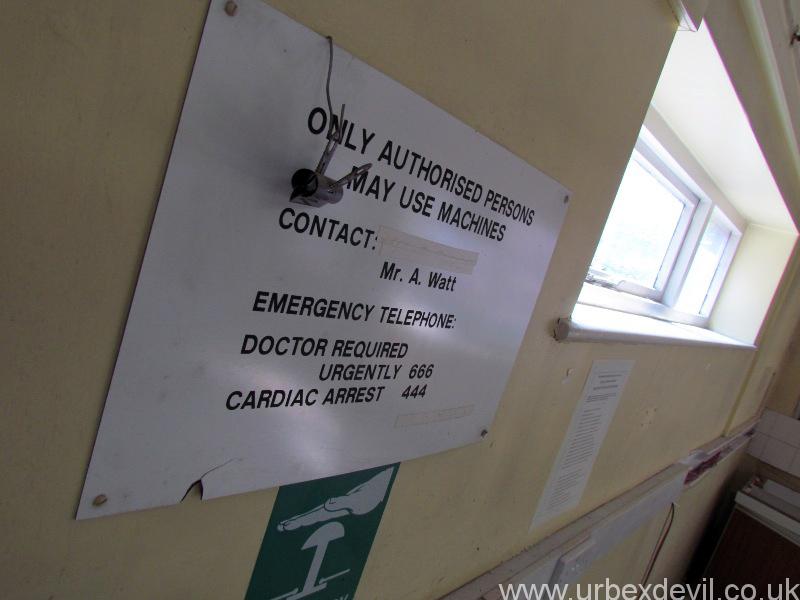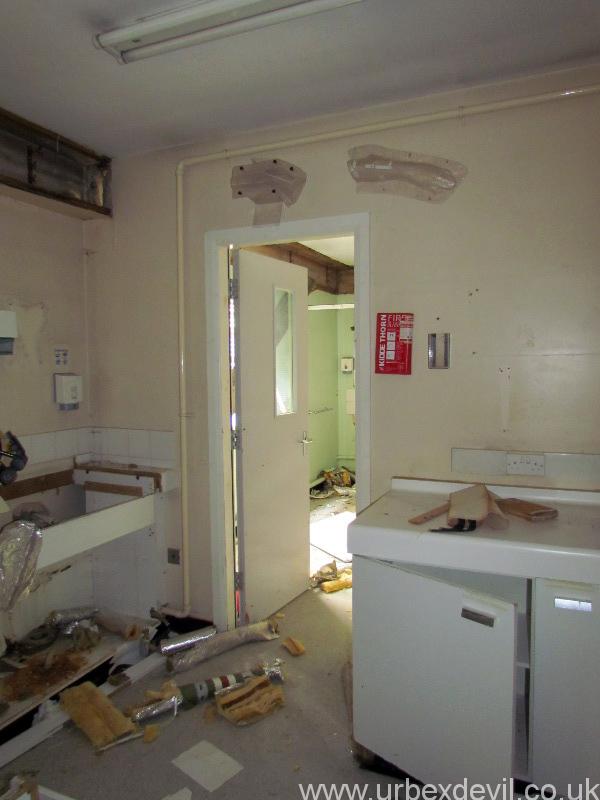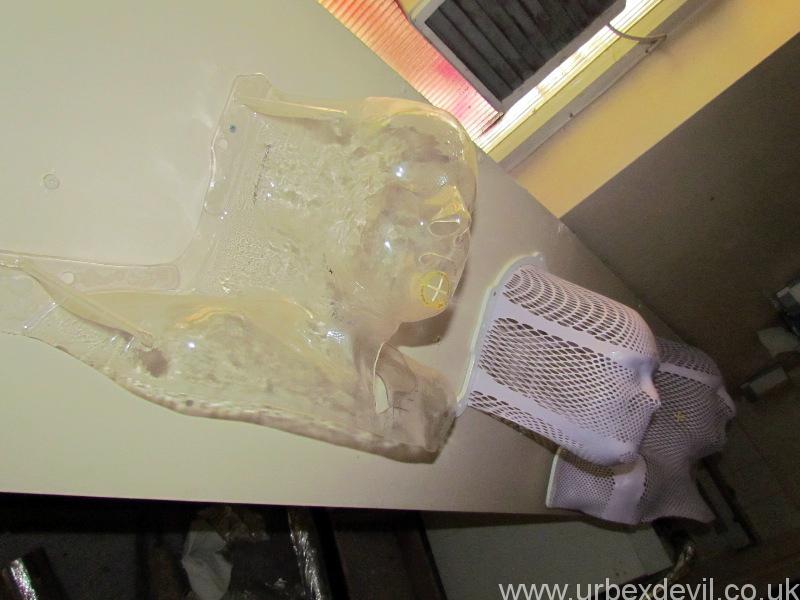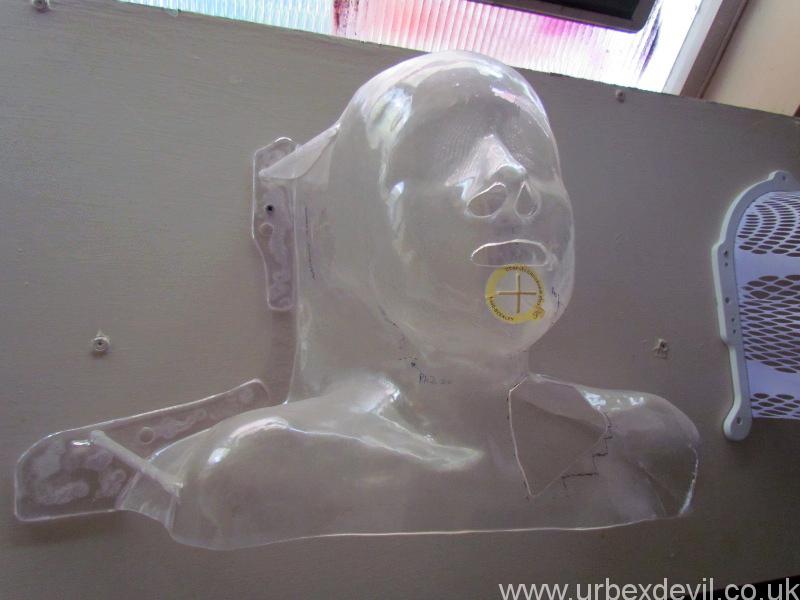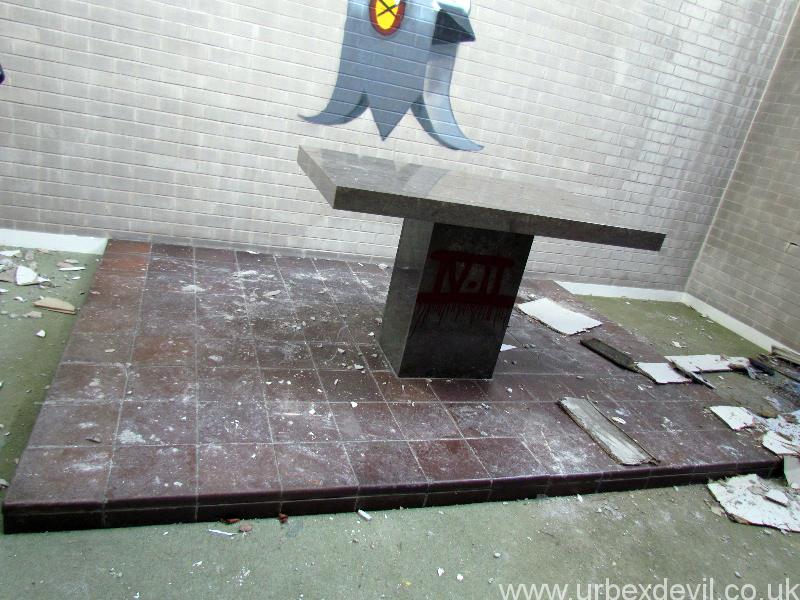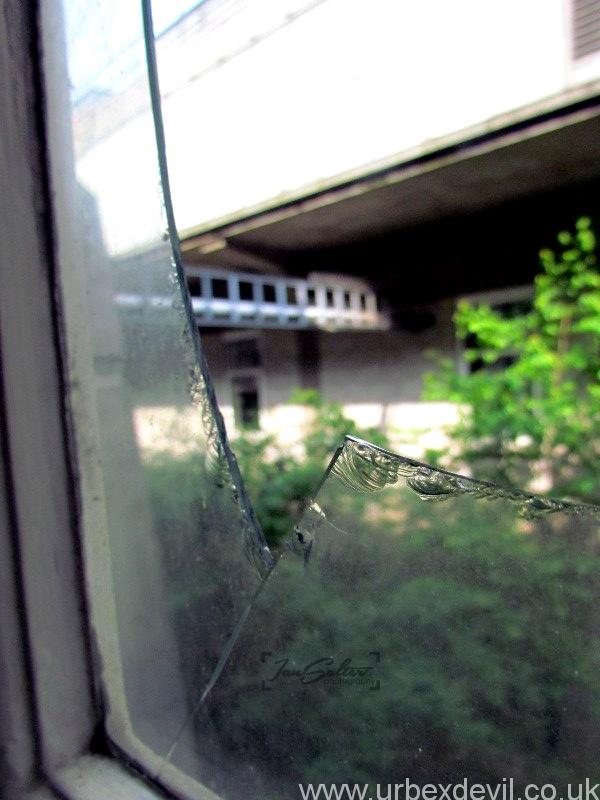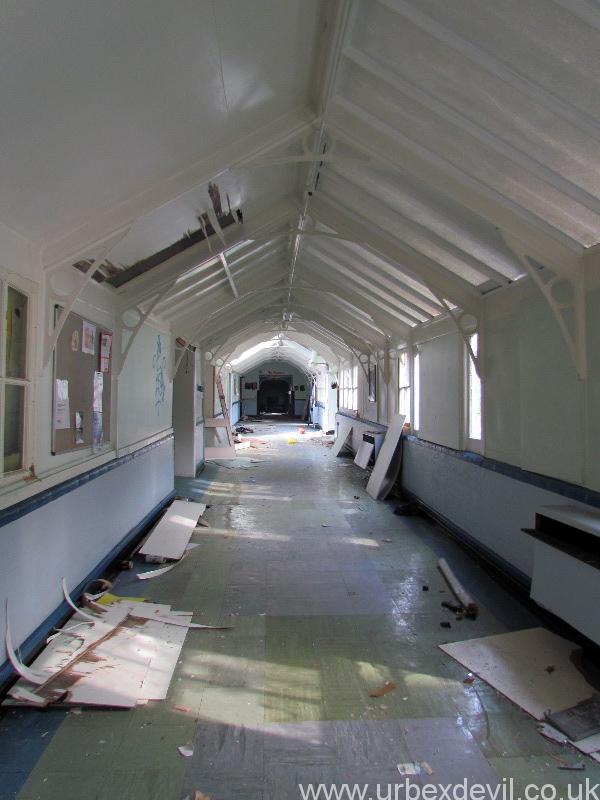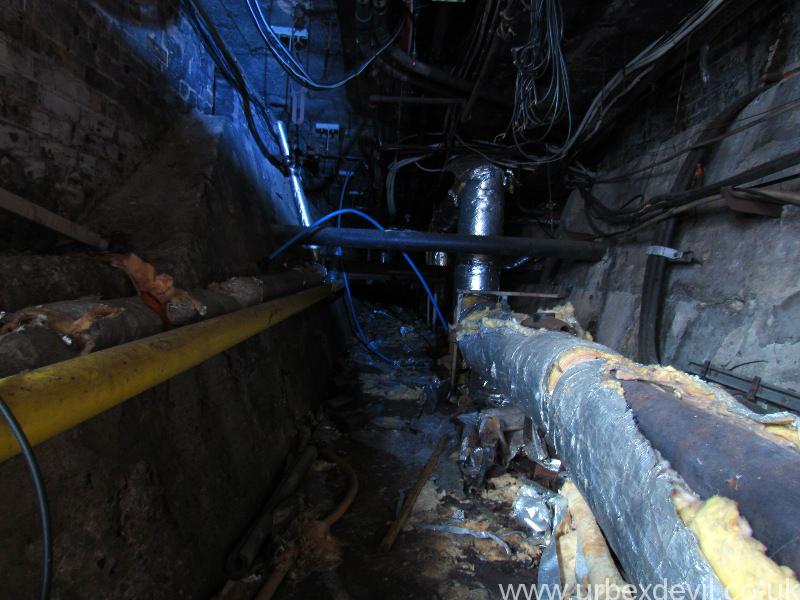Derbyshire Royal Infirmary (DRI) was established in 1810 on land formerly part of Derby’s Castlefield estate on land near what is now Bradshaw Way and the A6 London Road. It was known as the Derbyshire General Infirmary at the time. In 1890 a Typhoid outbreak sweeped through the hospital, and the buildings design was blamed. The hospital is entirely demolished, a year later Queen Victoria laid the foundation stone of what would become Derbyshire Royal Infirmary. The neo-Jacobean building was completed in 1894, and its main features were its ‘Onion’ shaped domed towers and its central corridor which ran the length of the hospital.
The hospital was expanded at several points in the 20th century, the most visible being the still used Wilderslowe Tower and the now disused A+E building built in 1970. The DRI as a result is an architectural mish-mash with the original hospital at its heart.
Buildings aside, the DRI was a pioneering hospital, the UK’s first Flying Squad was set up here in 1955, in 1976 George Cohrane set up the first National Demonstration Centre for Rehabilitation and in 1992 the Pulvertaft Hand Centre was opened by the Queen, her grandson William was sent here seven years later following a rugby injury.
In the late 90s, the NHS Trust’s for each hospital in Derby merged, and drew up a dramatic plan to consolidate the services of both hospital’s on one site. The so called ‘super hospital’, soon to be known as the Derby Royal Hospital is one of the largest in the region. There are no official plans to redevelop the now redundant Derbyshire Royal Infirmary, the land is covered by a large regeneration plan which will expand Derby’s city centre southwards into what is known as Castleward. The 1987 built part of the hospital shall continue to provide medical care, providing the services of the closed Aston Hall and Grove Hospital’s south of Derby.


